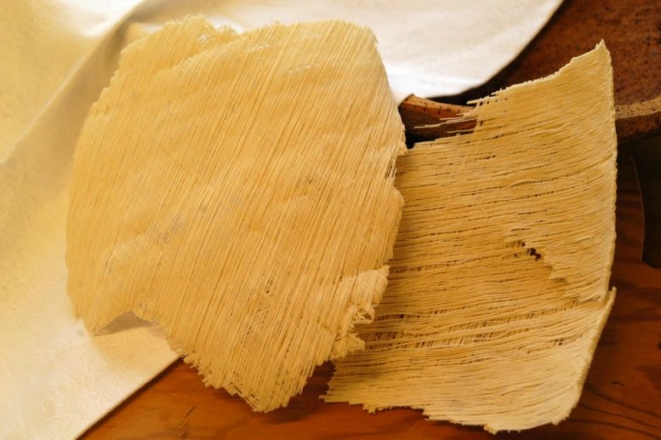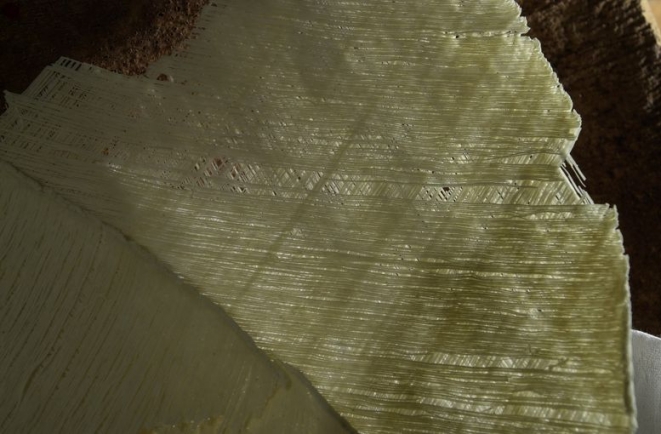Filindeu: the God's hair
A delicious recipe from Nuoro
Typical of the food culture of Nuoro, the filindeu is one of those richest dishes in value and tradition in the Island. A recipe unique in its kind. Its complicated production technique and the various steps that are required to get the finished product led him to be a dish made, actually, only by the most experienced hands of women from Nuoro.
The origin of its name can be traced by the Arabic word fidaws, which means "hair" (the pasta is, in fact, is rather fine and vaguely reminds the hair). This term, after the Muslim conquest of Spain, changes and we find it in the form of fideos, then changing, in archaic Sardinian, of findeus and findeos. Hence it is finally passed to the final term of filindeu.
The fact that this thin pasta looks like hair and that was prepared in particular festivities, for Easter, but also and especially for the festival celebrated in Nuoro in the rural sanctuary of San Francesco di Lula, have led some to call it "hair of God."

It is strictly a dry pasta which is used to make soups, and soup is a common dish in domestic traditions and family kitchens of Nuoro.
Its uniqueness lies in the fact that the basic ingredient, a durum wheat semolina, is entirely handcrafted by a technique very long and laborious.
This semolina is kneaded with water and with the addition of a pinch of salt. The transformation of the mixture is accurate because the results must lead to a very malleable product. It is worked, stretched and pulled by hand. It must be kept continuously wet with salt water to obtain, from step to step, thin strands of pasta which, when the desired consistency is reached are placed on a special wooden board, and arranged in several layers crossed to each other.
At this point it begins the drying process which has a variable duration in relation to the weather conditions and which takes place on mats made of dried asphodel leaves intertwined in circular shapes, in such a way as to create an irregular surface which allows on one hand increased ventilation during the drying process, and on the other hand a better dispersion of moisture.
The pasta strands, once dried, are broken and cooked in sheep broth, topped, finally, with some fresh pecorino cheese. The result is a very tasty thick soup that has to be served with a glass of wine.

Today is not easy to find filindeu everywhere, because in the catering it starts becoming one of the rarest culinary products of Sardinia.
It is much easier to enjoy it during the celebrations of San Francesco of Lula, in October and in April, where this dish is prepared and offered to the pilgrims.
It is unmissable the description of the writer Grazia Deledda in the novel "Elias Portolu" about this festival, which practically did not change over the years, as well as it is interesting to note the incredible meaning that this particular dish had for the people, in a context of strong sacredness.
The bowls of soup were in fact blessed by the priest, everyone had to taste at least one spoon and the brides who came to the party, had not only to eat the soup but also to kiss the hot ladle with which it was served.